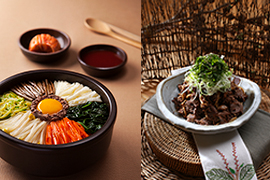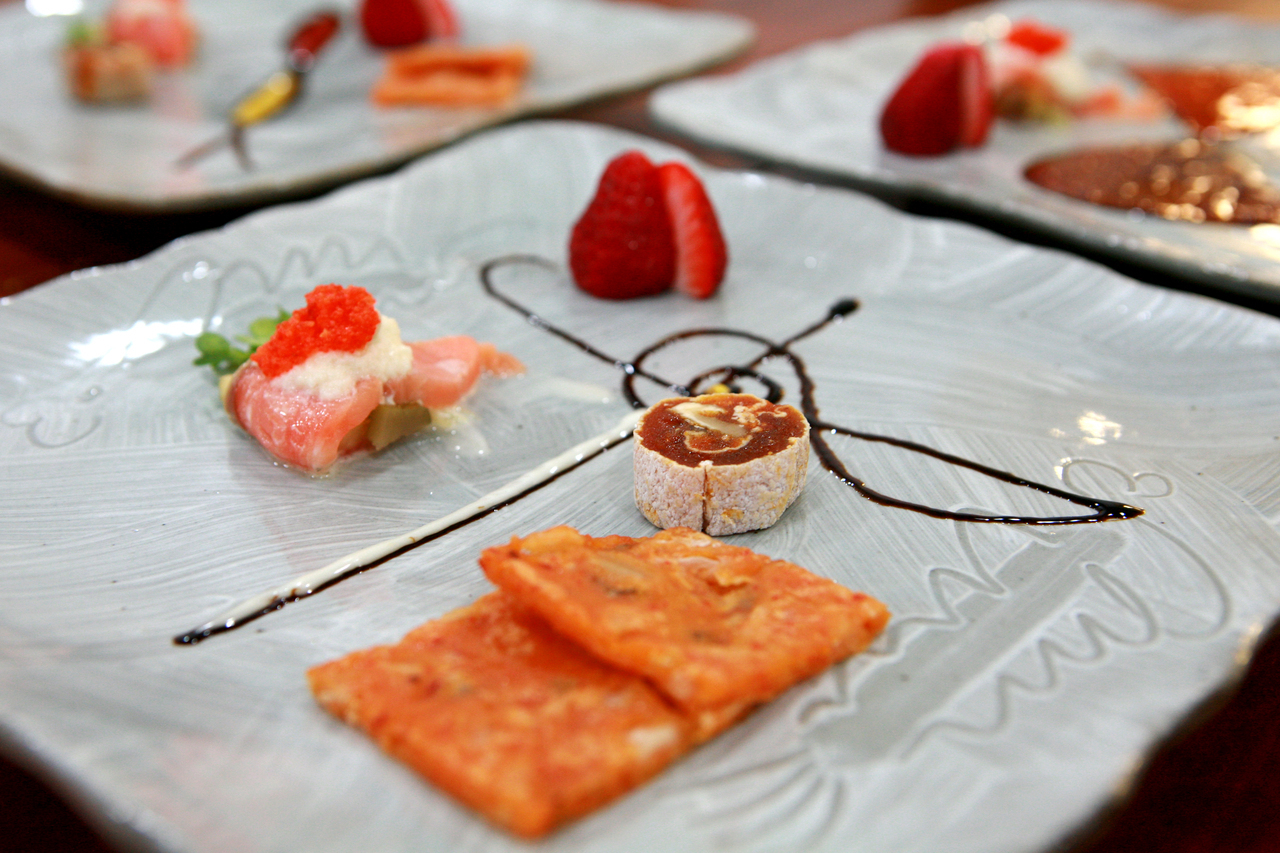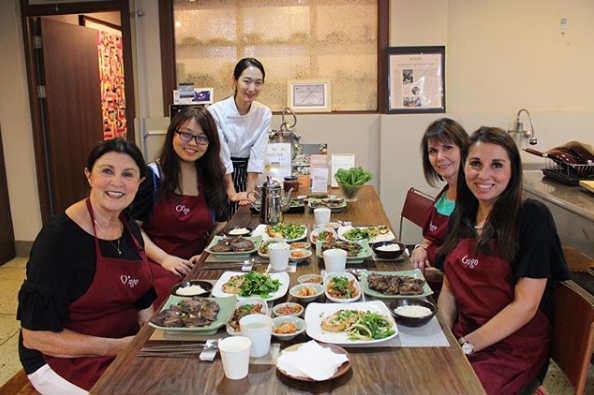Royal Seoul Walking Excursion
Seoul’s rich history is centred heavily around the incredible Royal Heritage that still remains evident in the city today. With several Royal Relics and Buildings located amongst the modern sky-scrapers and architecture, this tour will take you to the centre of Seoul, visiting the Geongbokung Place.
Built in 1395, Geongbokung Palace is also commonly referred to as the Norther Palace, because it’s location is furthers north when compared to the other palaces in Seoul. Gyeongbokgung is arguably the most beautiful and is by far the largest of the five palaces.
Experience the magnificent Changing of the Guard ceremony at the palace before heading to Gwanghwamun Plaza to see Jogyesa Temple.
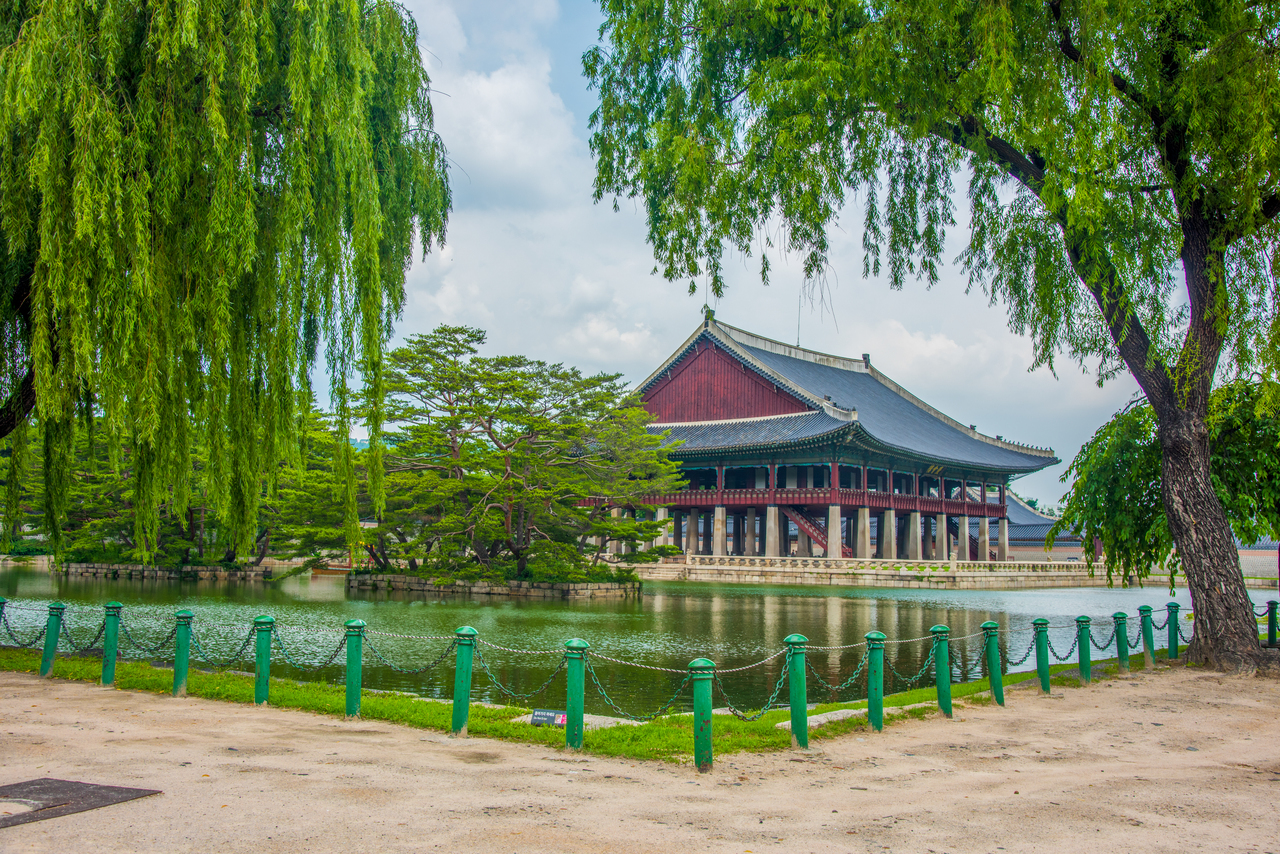
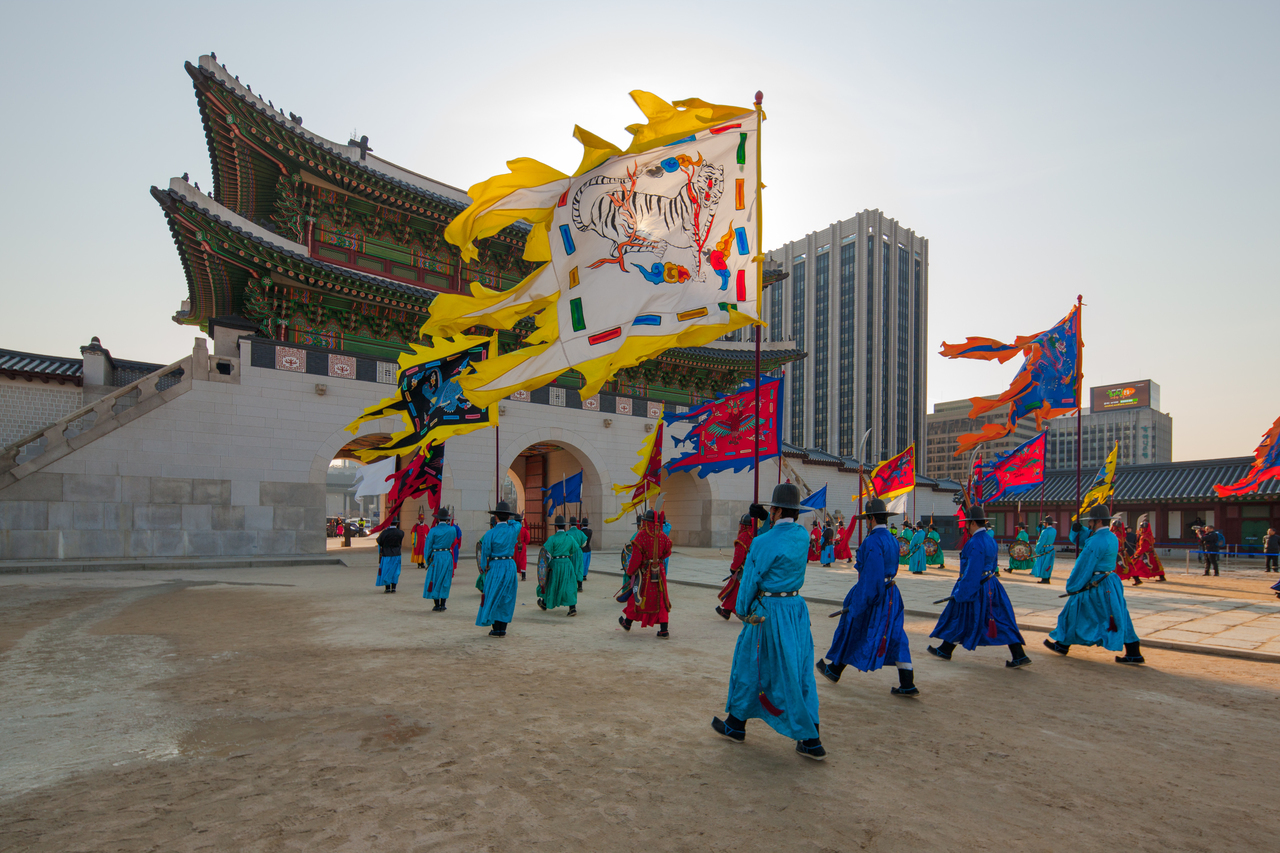
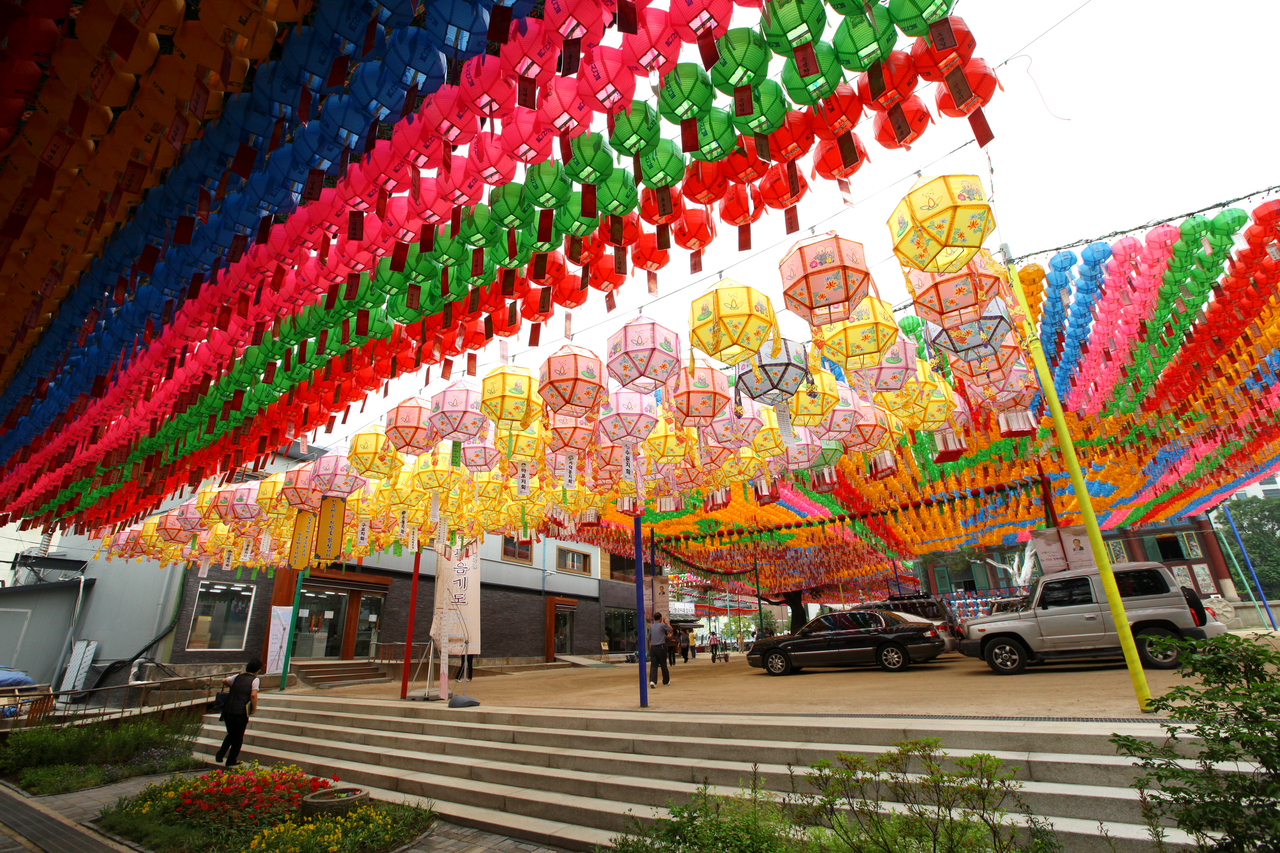
Demilitarized Zone Excursion
One of the most tumultuous borders in the world, and certainly one of the most infamous, the North / South Korean border is home to the Demilitarized Zone.
On this half-day excursion, you’ll experience the most significant areas of the DMZ beginning with the Imjingak Peace Park which features several historical monuments. From there, you will venture through to the DMZ itself, where you’ll stop at the Theatre and Exhibition Hall to learn about the history behind the DMZ and North / South Korea.
You will then head underground, into the 3rd Infiltration Tunnel, an invasion tunnel built by North Korea which was discovered in 1978.
Final visit is the Dora Observatory where you can observe North Korean life from the closest point to North Korea before returning to Seoul.
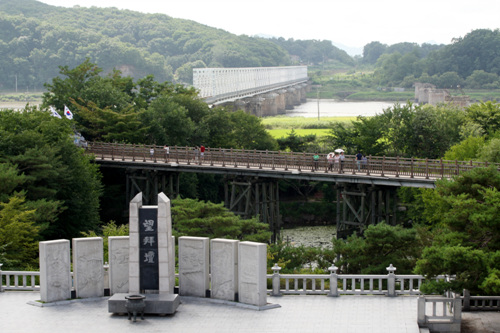
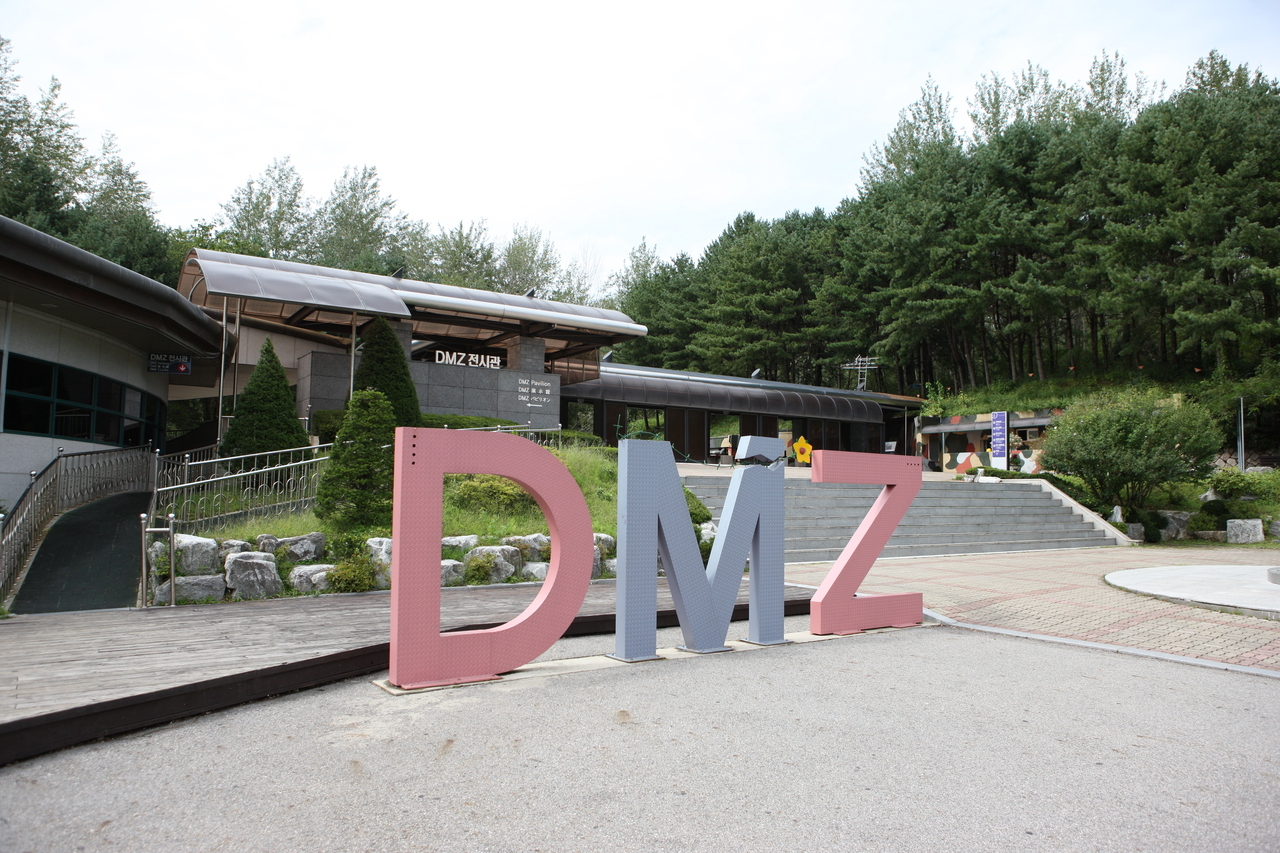
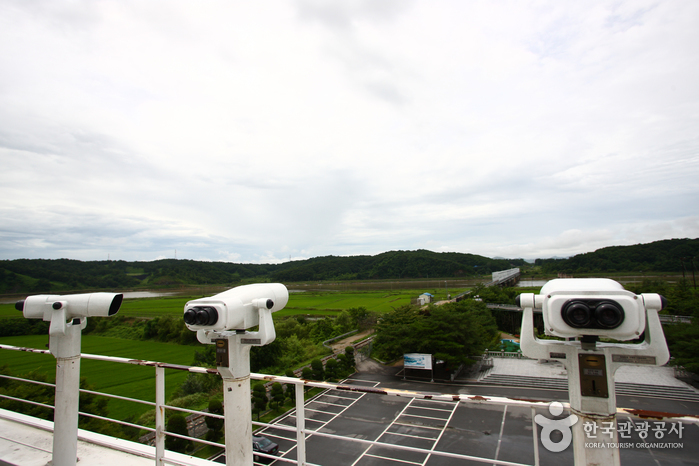
Old & New Excursions
Seoul is full of juxtapositions, with the incredibly old and astonishingly new located side by side in so many places around this massive city. In this exploration of history and the future, guests will enjoy architectural marvels that span centuries.
Travelling to the centre of Seoul city, explore the Cheonggyecheon Museum and the Cheonggyecheon or ‘Streamlet’ (narrow river) that runs through the city. Then, you’ll head to Seoul Fortress and Museum to learn about Seoul’s past and rapid urbanisation in the 20th century.
Heading back to the future, you’ll see the Dongdaemun Design Plaza which is famous for its amazing and unique architecture – it’s home to several different exhibitions and shows.
Finally, you will experience the hustle and bustle of Seoul’s busiest market, Gwangjang Market. Here, you’ll find an array of sights and sounds to delight the senses – and enjoy the opportunity to try some authentic local cuisine.
.jpg)
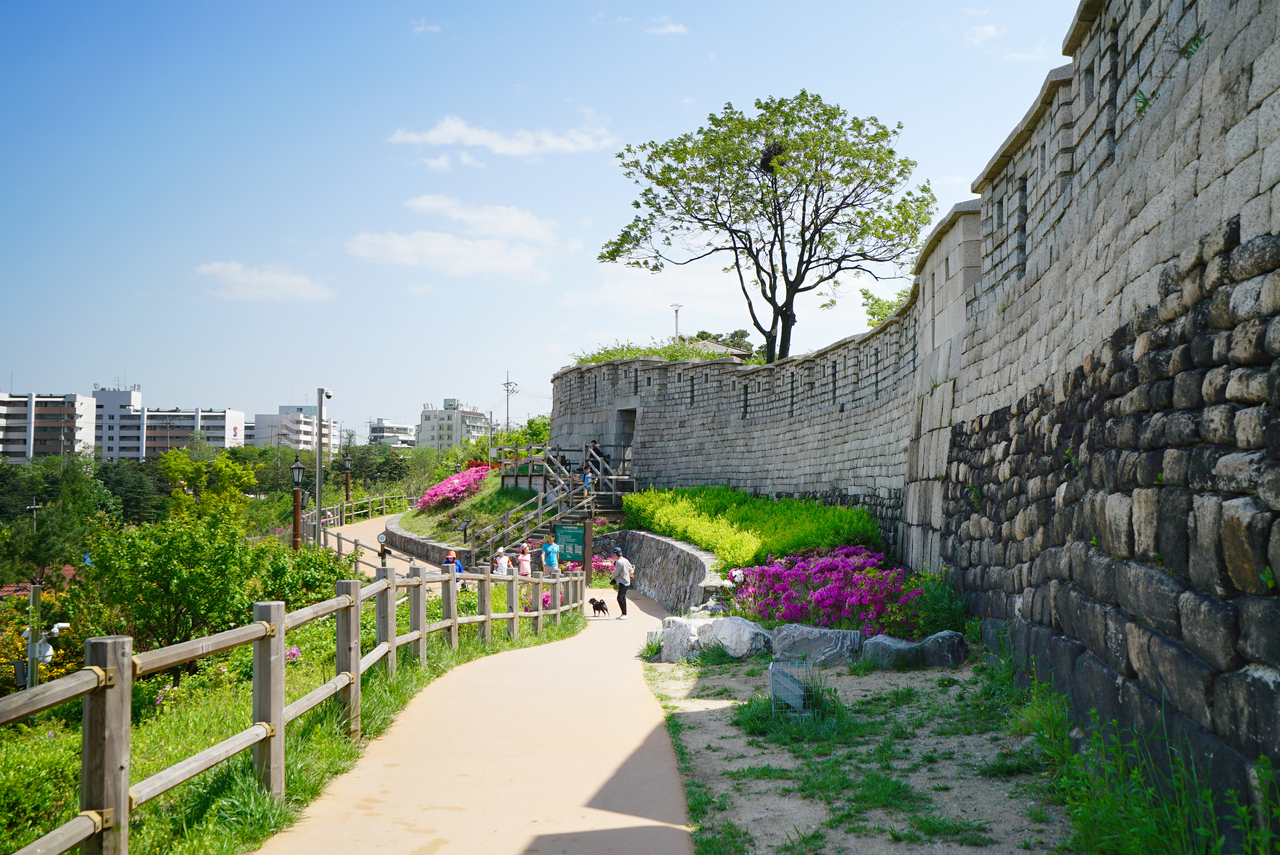
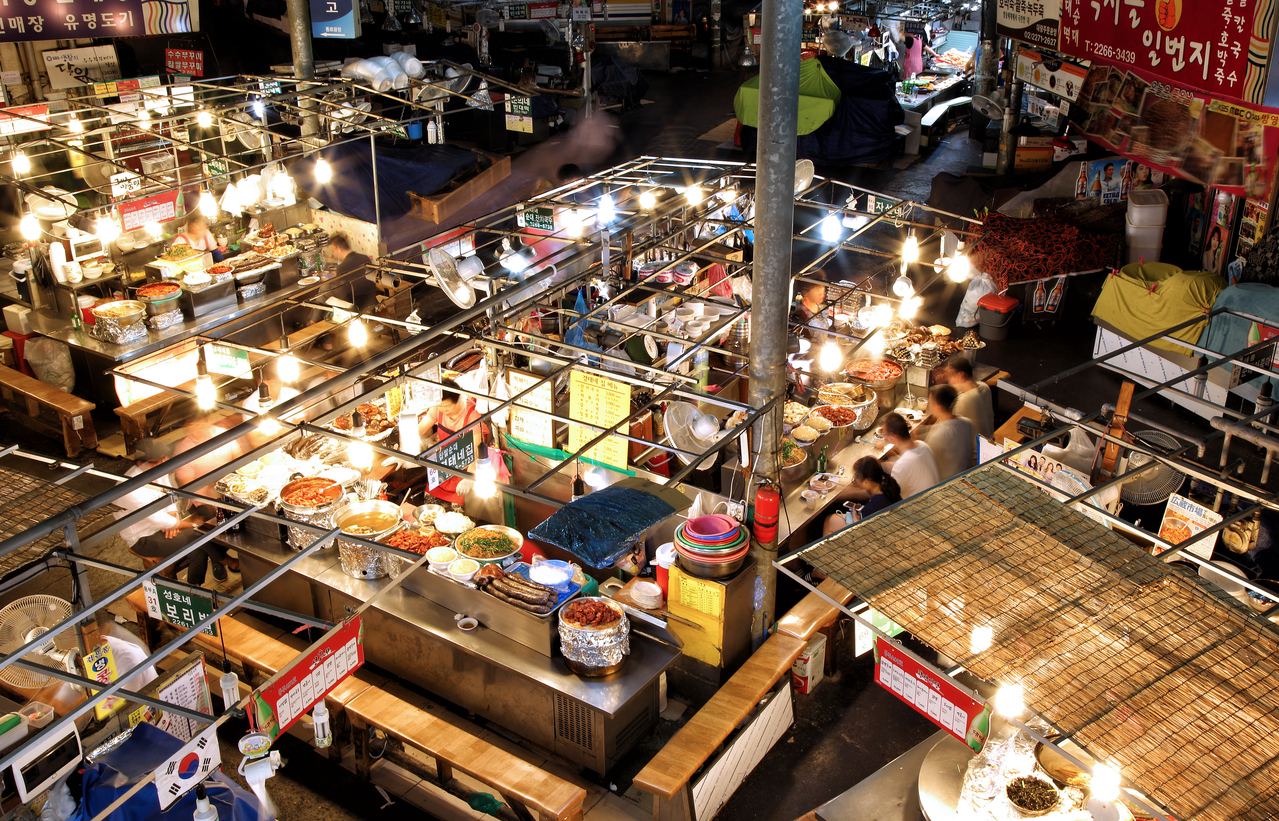
Suwon Hwaseong Fortress Excursion
It’s time to experience the past with this deep-dive into Korean history at some breathtaking sites surrounding Seoul.
Firstly, head to Hwaesong Fortress, a UNESCO heritage site built in the 1700’s. This heritage site is a fortification in the centre of Suwon town, and is the location of the remains of Prince Sado. Sado was executed by being locked alive inside a rice chest by his own father, King Yeongjo, after failing to obey a command to commit suicide.
Try your hand at traditional Korean archery, with a hands-on target practise session in the Fortress!
In the afternoon, you’ll visit Hanggung Palace, a temporary palace where the king and royal family retreated to during a war. Hwaseong Hanggung Palace is the largest one of these, used by the Joseon dynasty since the reign of King Jeongjo from 1776-1800.
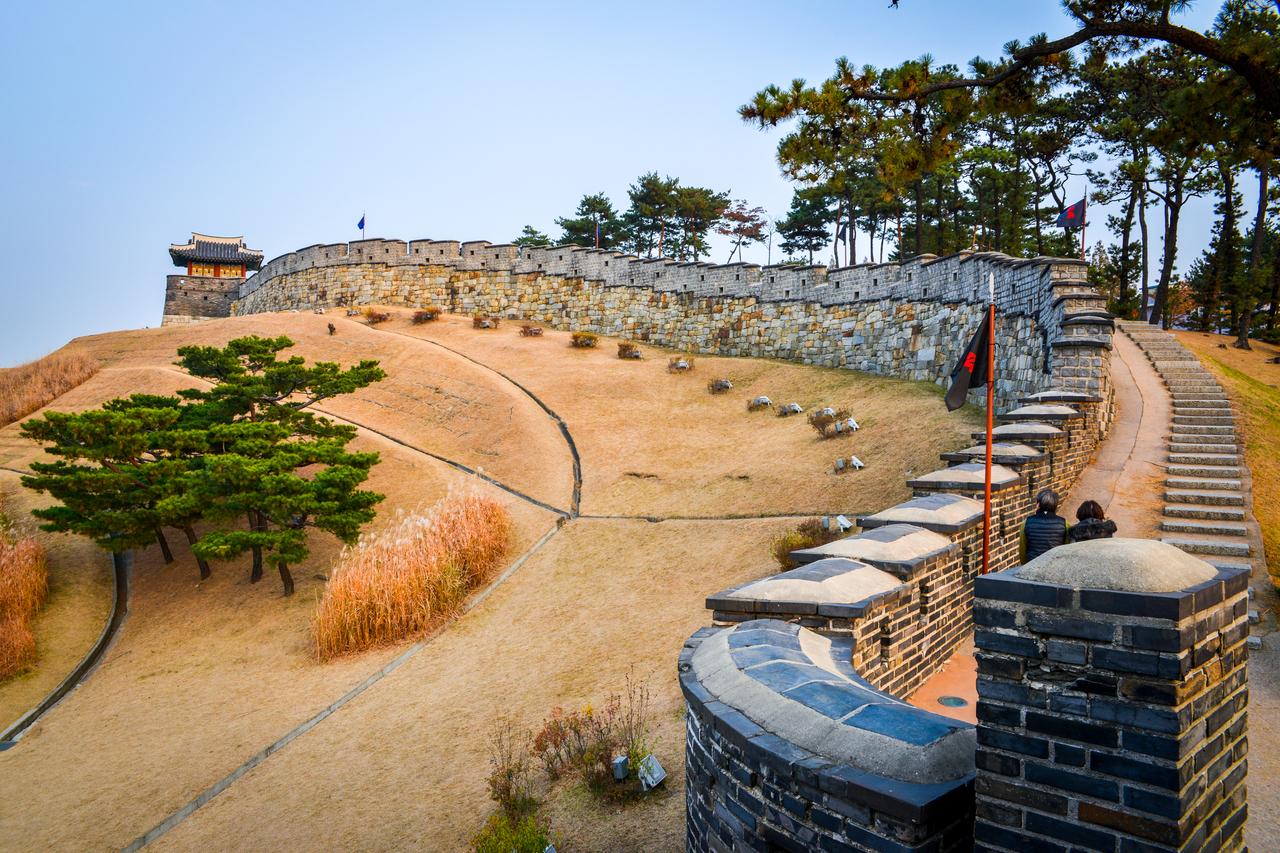
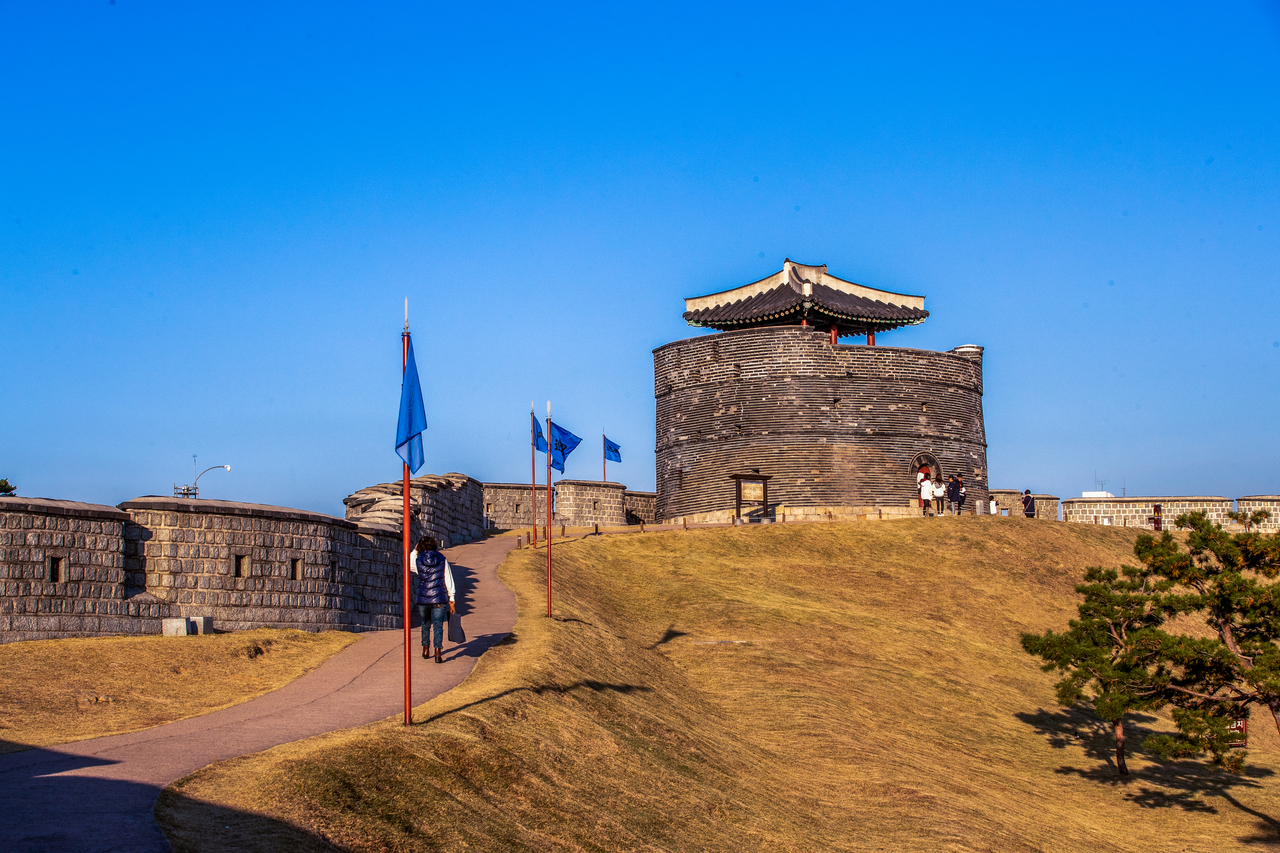
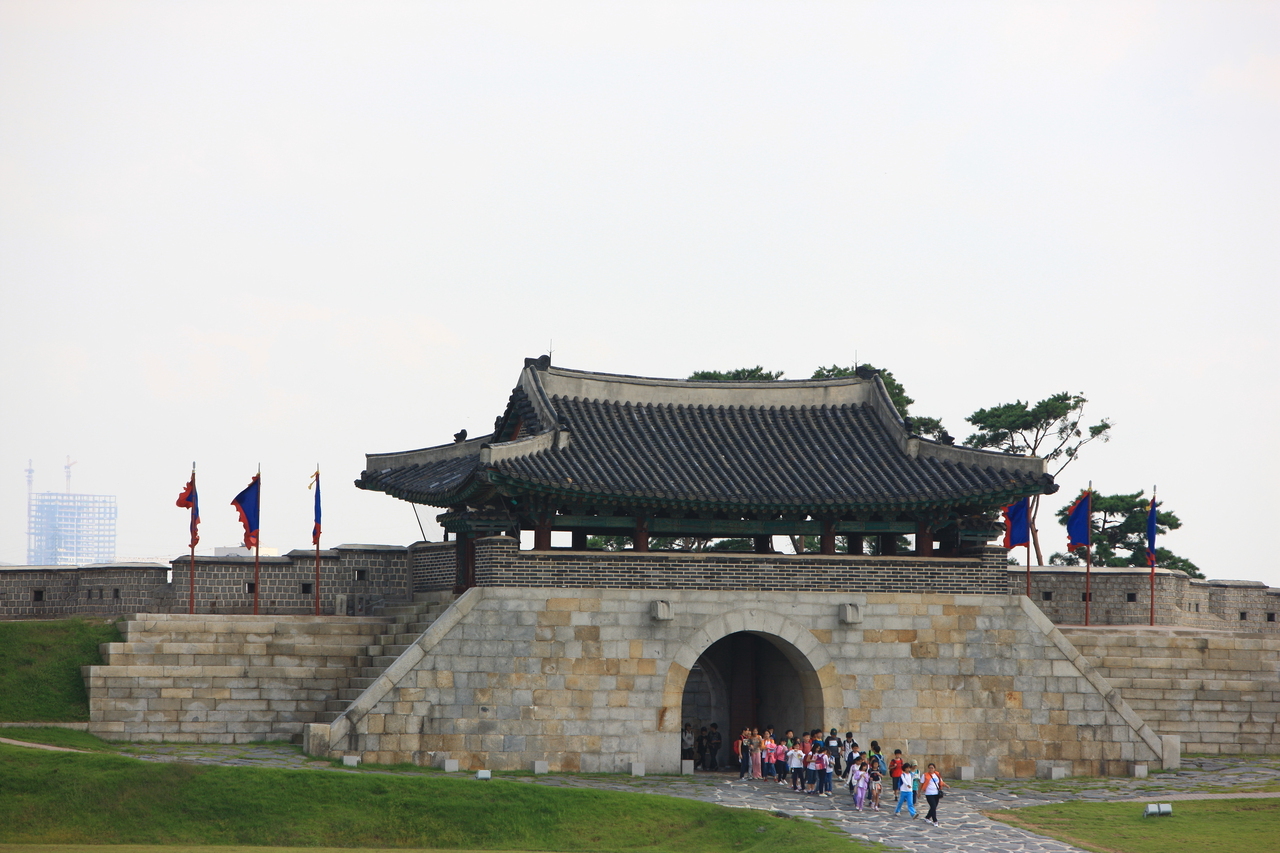
Korean Folk Village Excursion
The Korean folk village was created with a view to present the historically accurate national culture of local Koreans to international guests by collecting the folk customs and culture that have been passed down for generations in one amazing historical hub.
The Korean folk village has been built with real historical houses that have been re-located to the village from all over the country.
You’ll experience the traditional culture of days gone by with historical re-enactments of daily life. There are several outdoor exhibitions, crafts, traditional cooking and seasonal customs to explore.
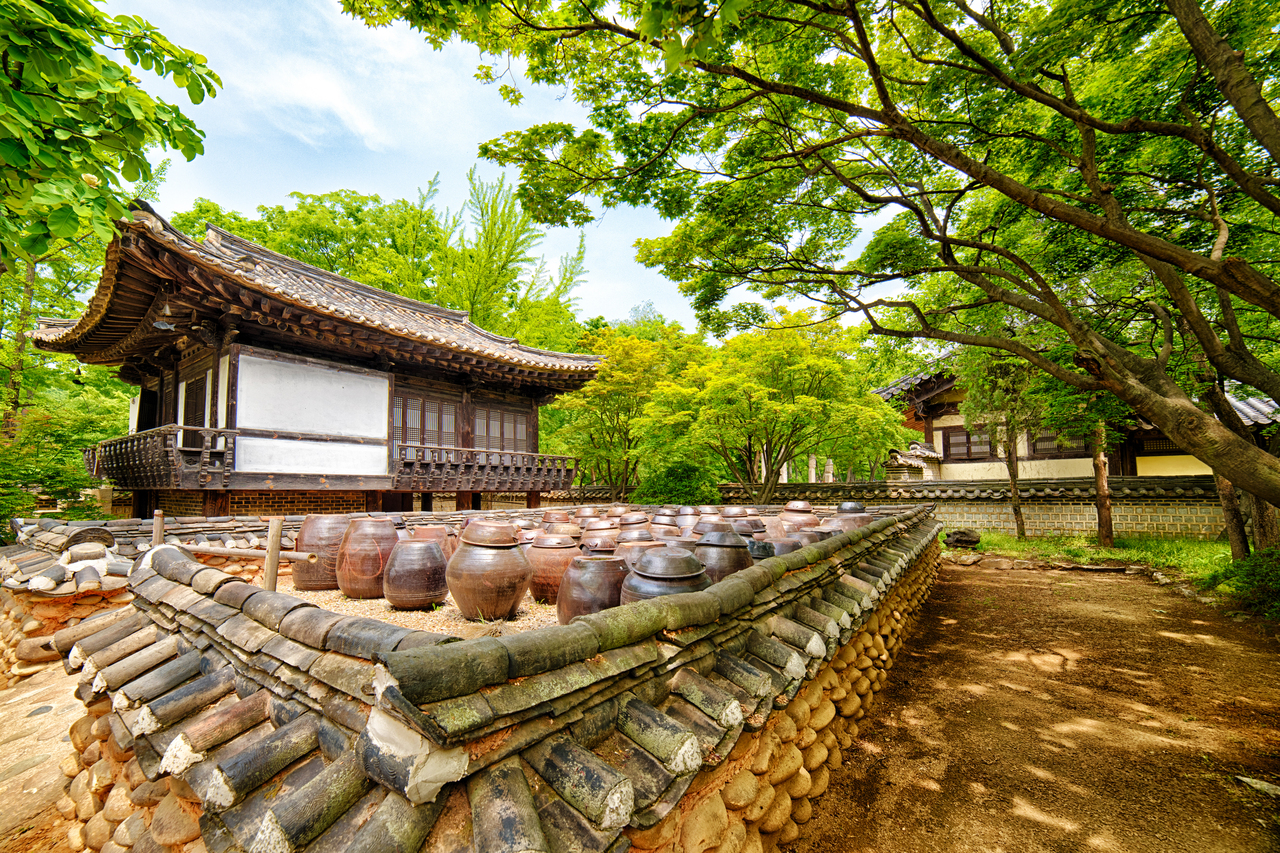
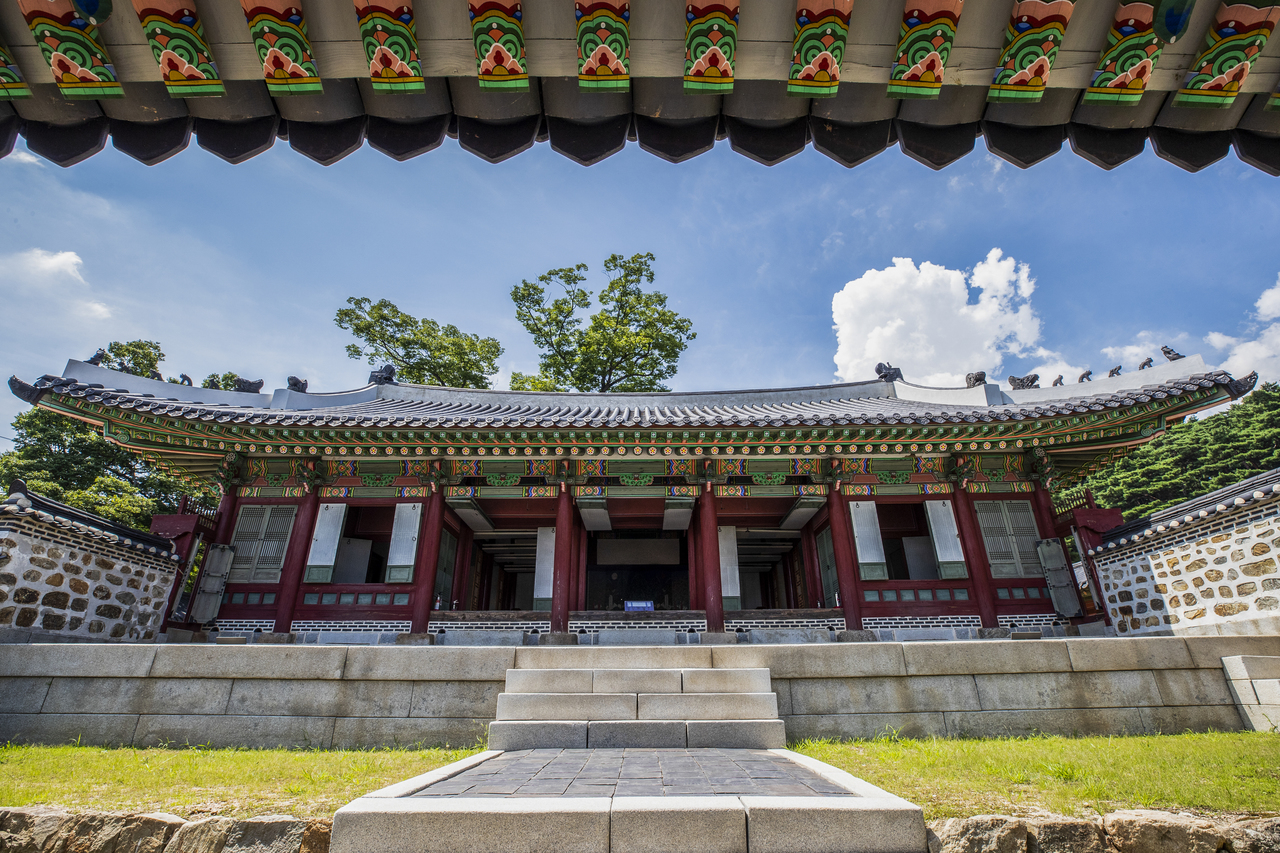
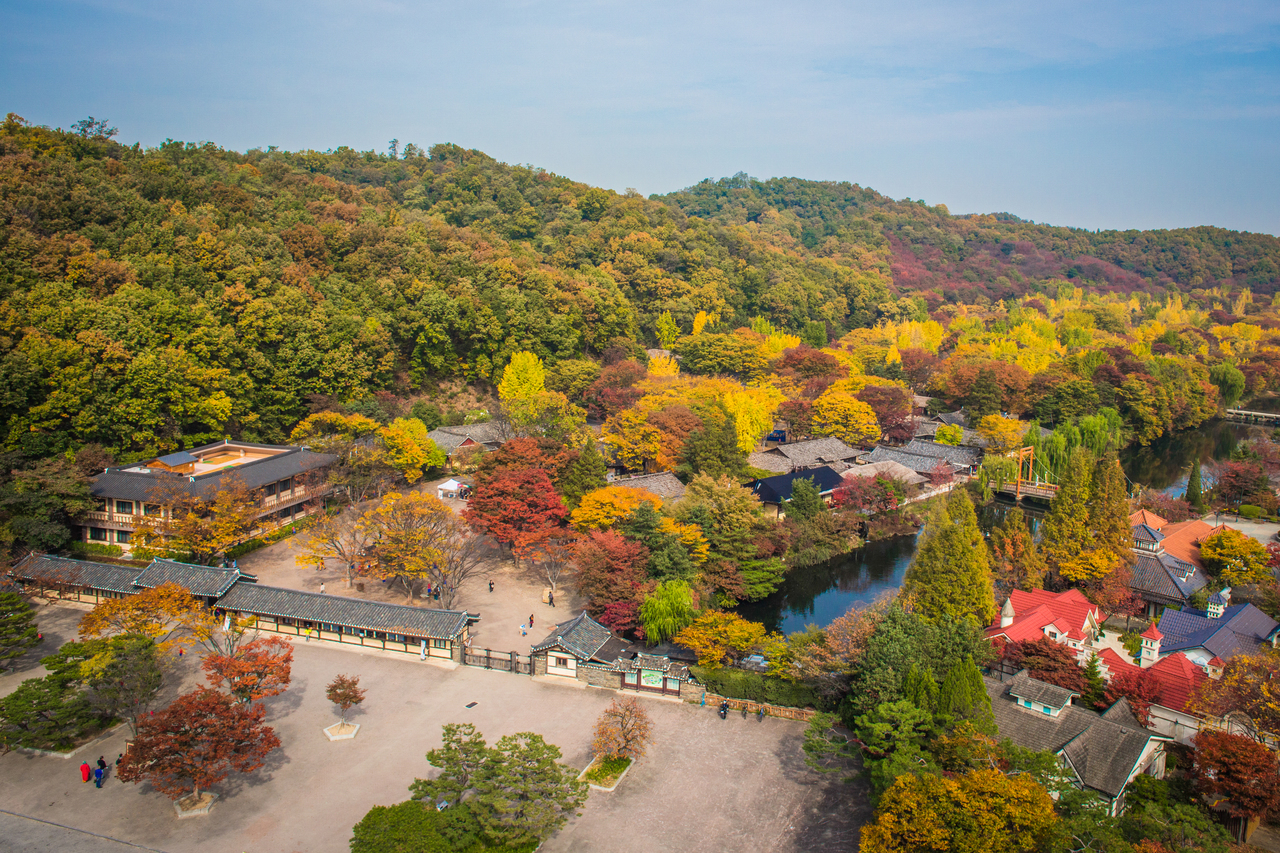
UNESCO Heritage Exploration
With hidden heritage gems located all over Seoul, you will explore some of the most tranquil and beautiful areas, some of which are internationally recognised as UNESCO World Heritage sites due to their incredibly historic and cultural significance.
Firstly, you will visit Changdeok Palace – the second royal villa built in 1405 and home to several royal dynasties. Explore the surrounds of the Palace and you’ll find the hidden Secret Garden… or ‘place of rest for the kings’.
Continue your historical experience with a visit to Bukchon Hanok village, a traditional village which has been preserved to showcase the urban environment of 600 years ago!
Enjoy lunch at a local restaurant before visiting the Korean War Memorial and National Museum of Korea, the last stop on today’s excursion.
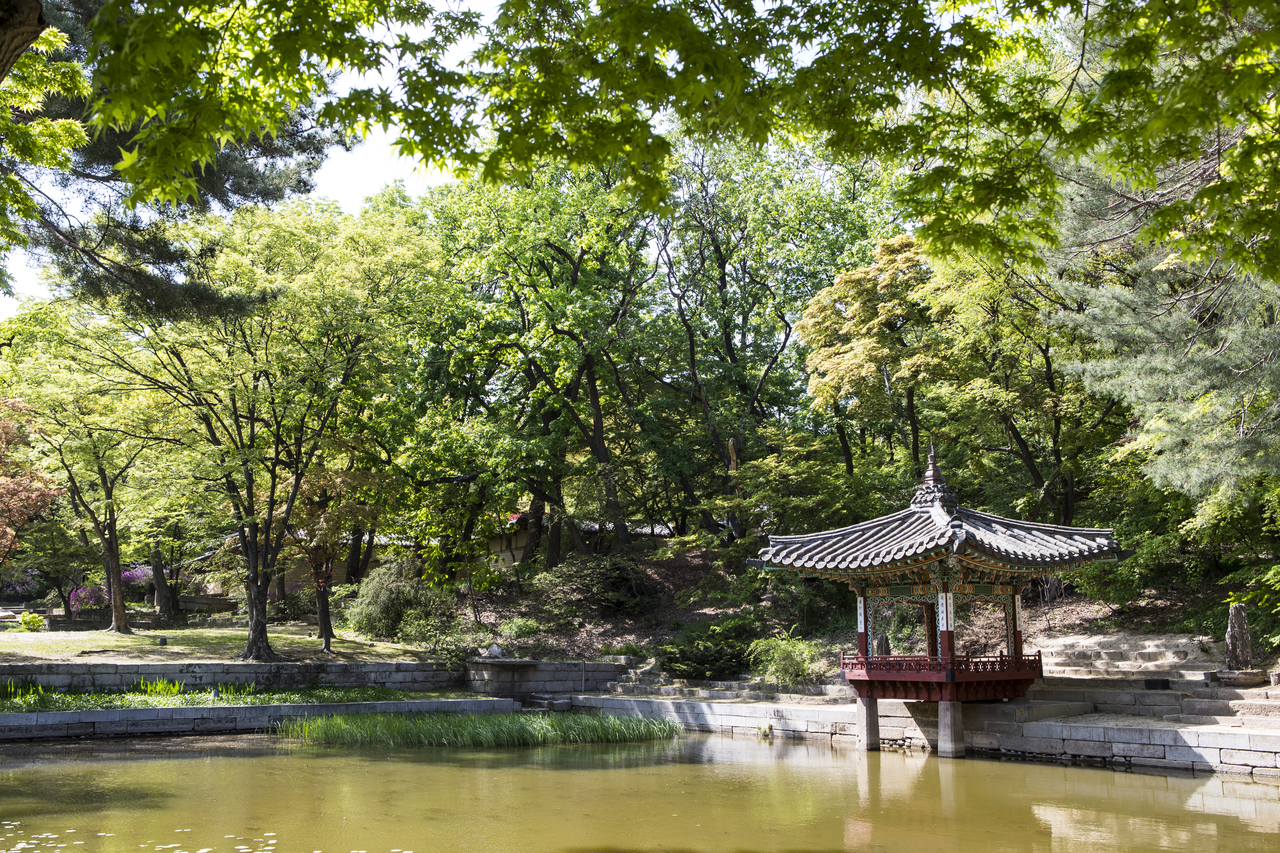
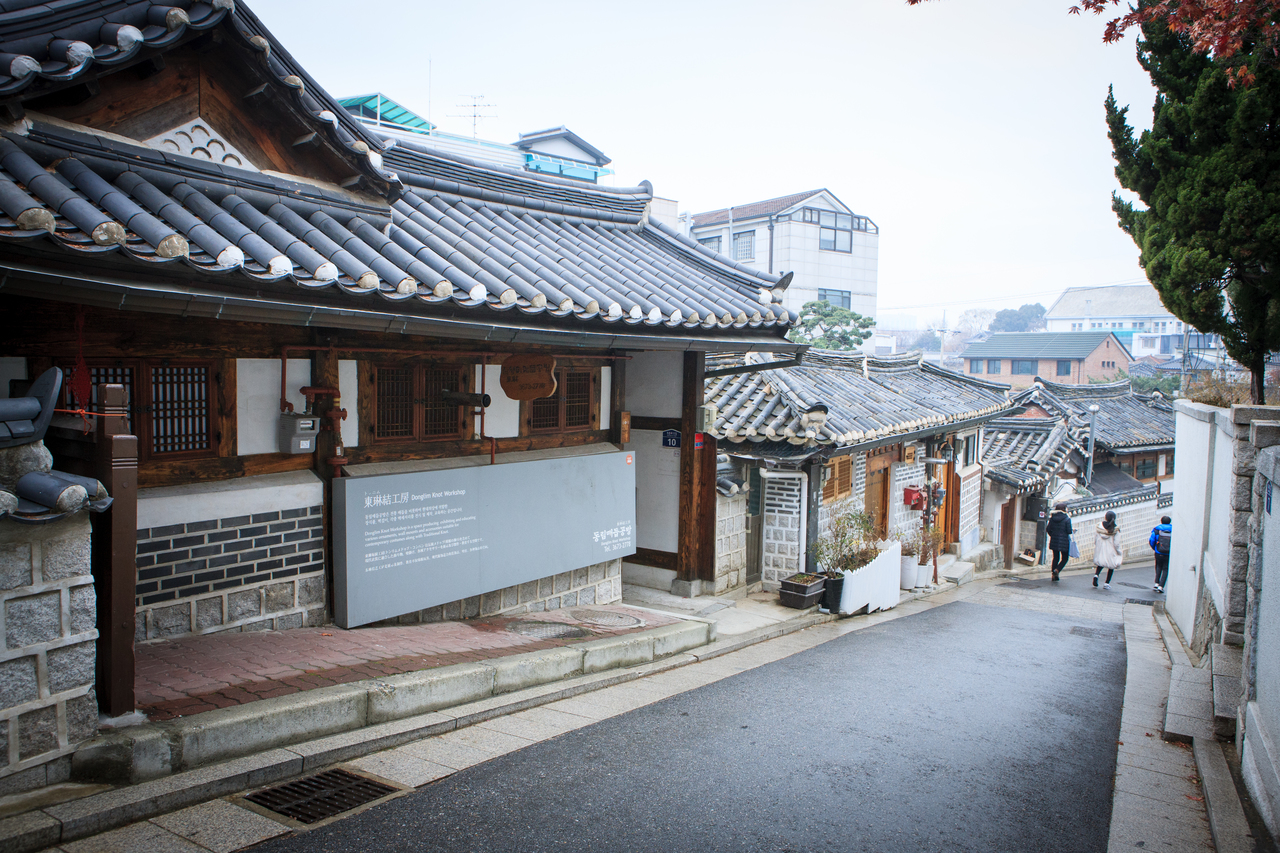
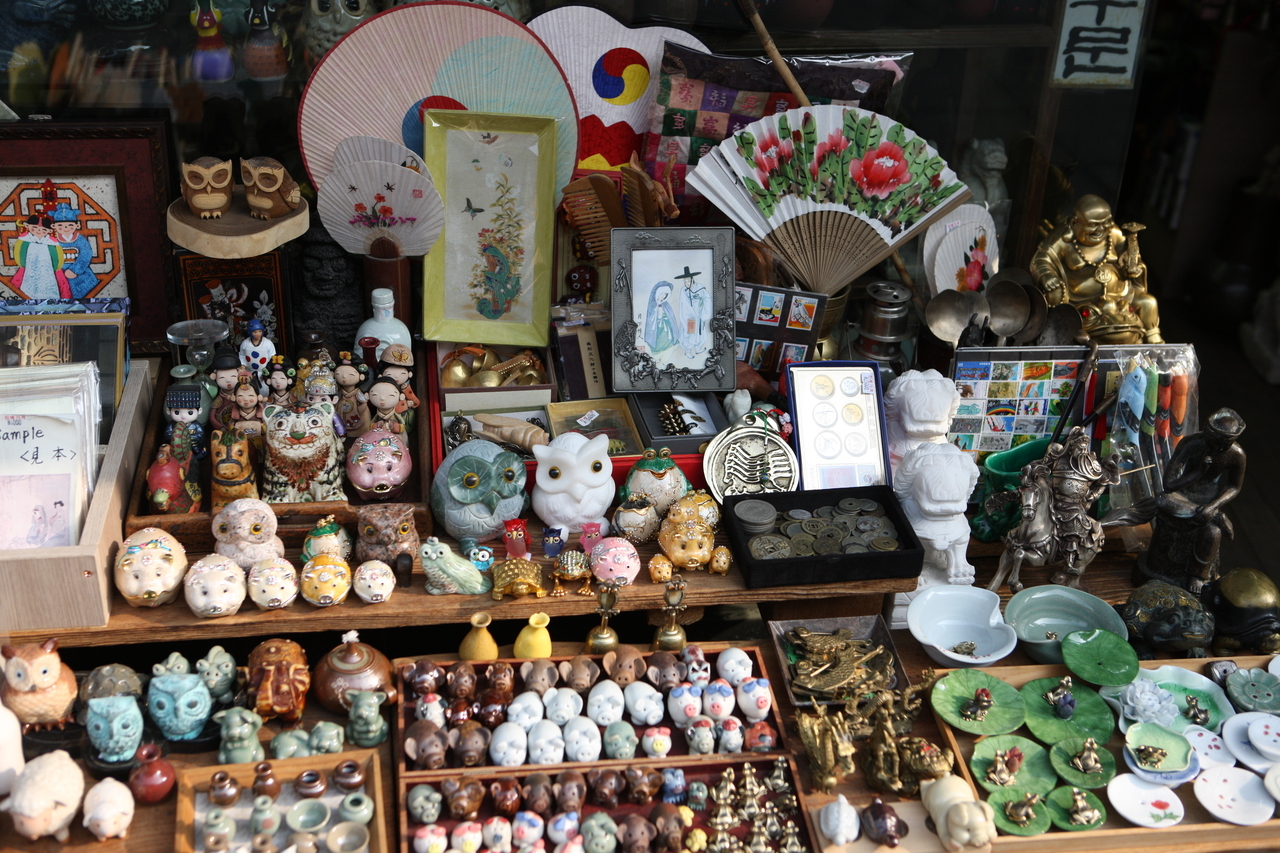
Time Travel Adventure in Seoul
Seoul, the capital of Korea, is filled with things to see and enjoy. The travel course suggested in this article consists of some of the must-visit spots for international visitors traveling in Seoul. Read on to find out more for our recommended one-day itinerary to guide you around Seoul’s most noteworthy attractions from morning to night.
The greatest highlight of Gyeongbokgung Palace is the Royal Guard Changing Ceremony. The ceremony lasts for 20 minutes per session, so be on time to witness this noteworthy event. Once the ceremony is over, travel back in time by taking a tour of the palace, learning more about life in the royal palace during Joseon dynasty. If you get hungry after visiting Gyeongbokgung Palace, then it’s time to head to Tongin Market. The market is especially famous for its gireum tteokbokki (stir-fried spicy rice cakes) and tteok galbi (grilled short rib patties). While you are here, make sure to visit “Dosirak Café,” or the “Lunchbox Café.” It is a fun culinary experience unique to Tongin Market, offering visitors the opportunity to pick and enjoy a wide variety of menu items by using traditional brass coins called yeopjeon.
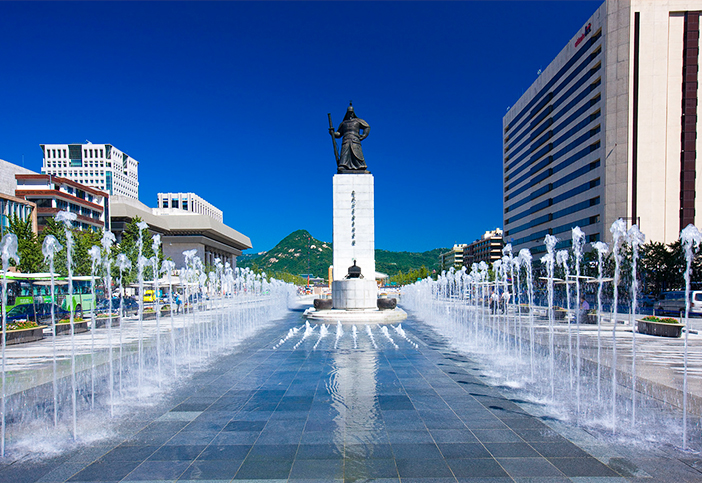
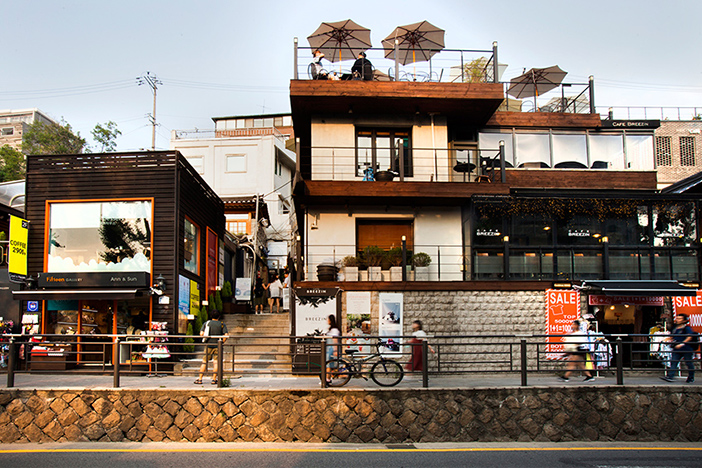
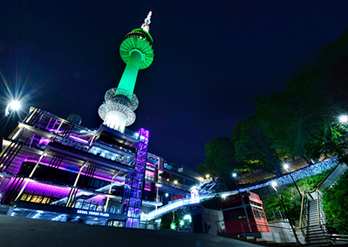
Night Tour
When the sun goes down, Seoul comes to life! Explore the beautiful man-made wonders that make Seoul a breath-taking place in the dark – sights include the beautiful Namsangol Hanok Village, Dongaemun Design Plaza, Mount Namsan and the Namsan Seoul Tower, and finally the Sebit Floating Island and Han River Park.
While Seoul is considered to be the most representative city in the nation for its nightlife, you can also find stores or restaurants that stay open throughout the night in most other cities in Korea.
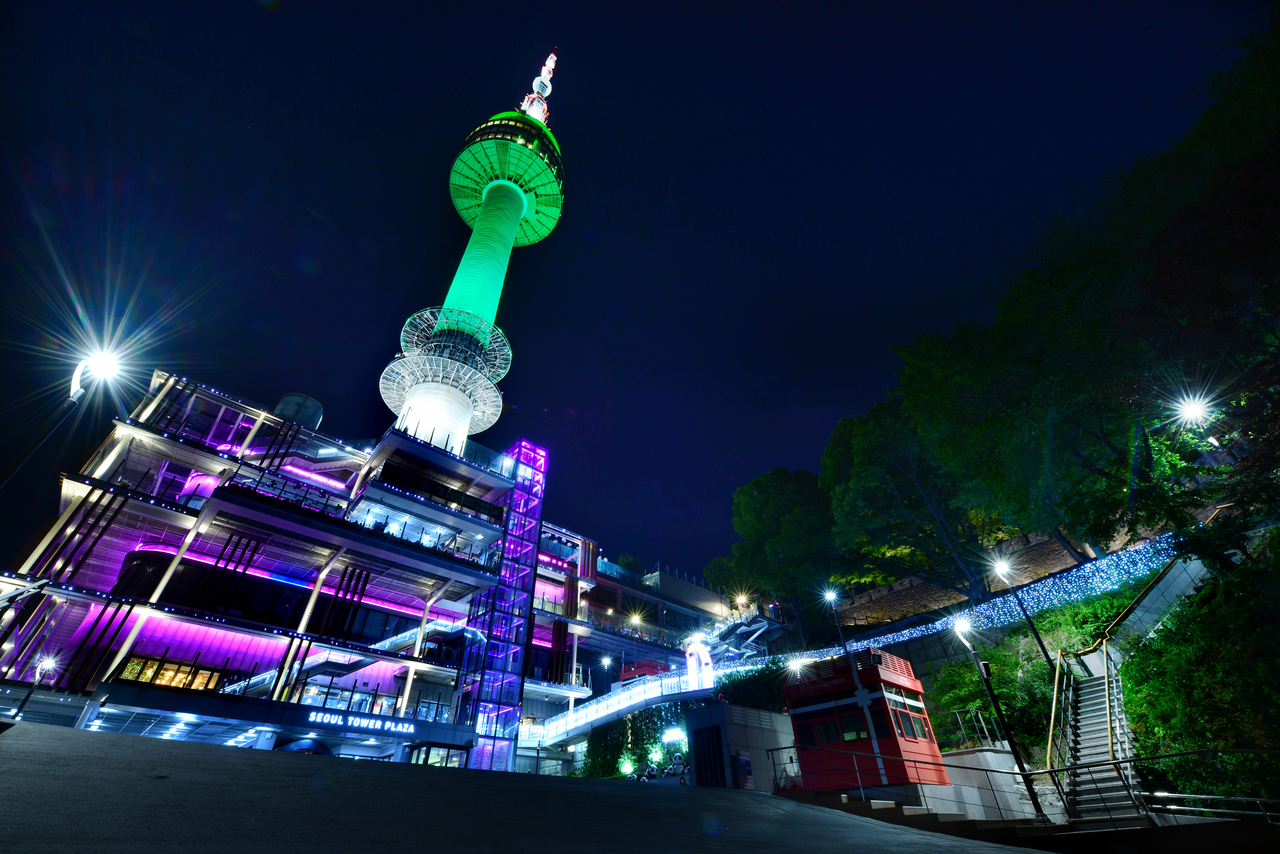
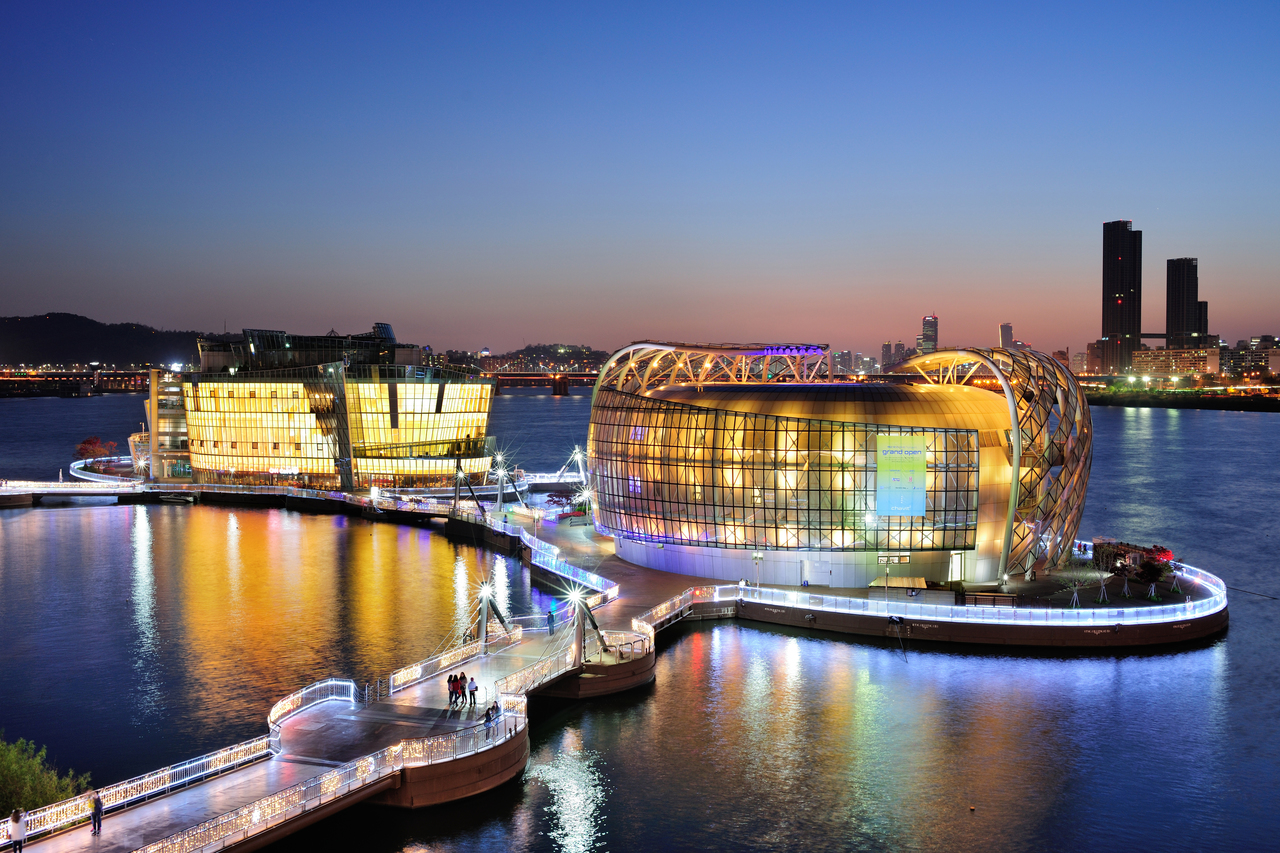
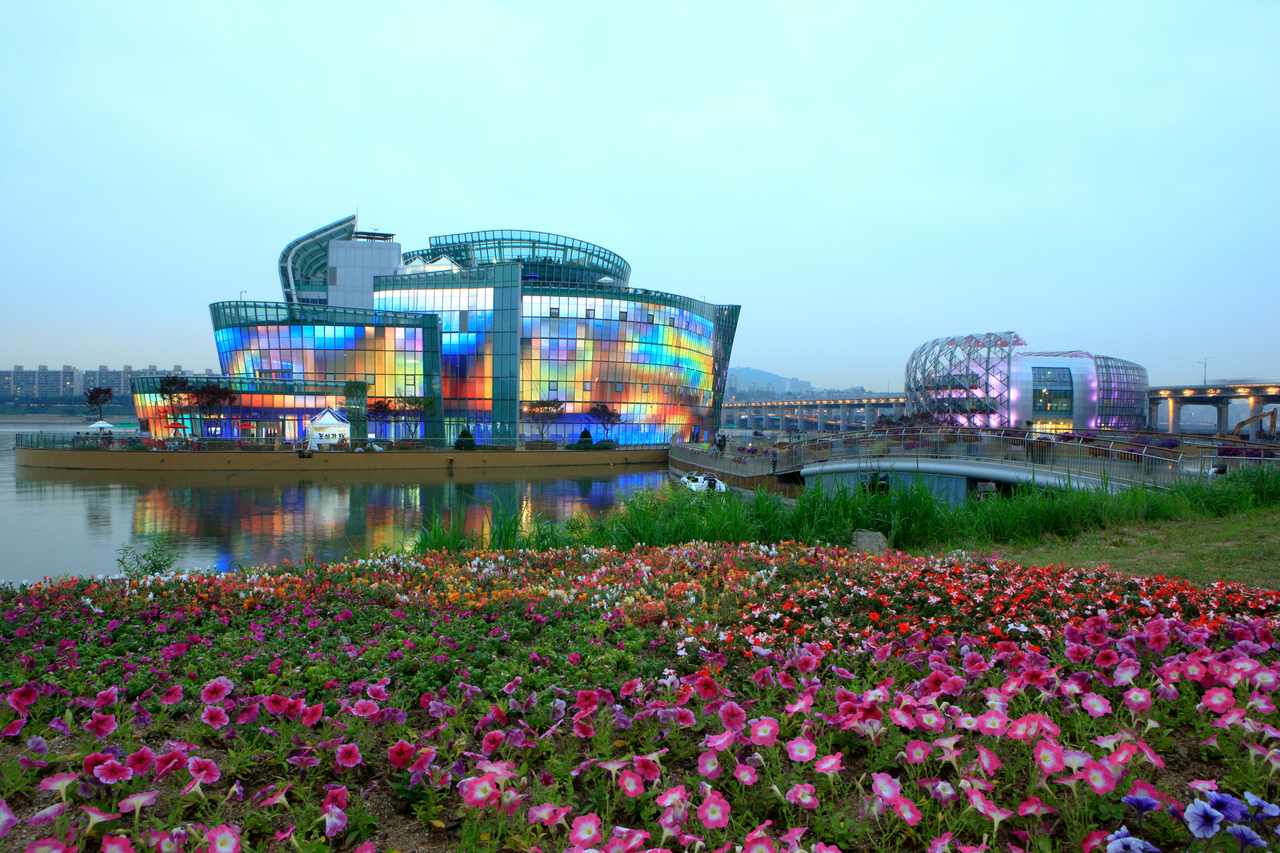
Food & Fashion Cultural Excursion
Delight your cultural senses in this deep-dive into traditional Korean culture!
Heading into the city centre, you’ll go to a local restaurant and try your hand at making Kimchi. A staple of Korean cuisine, Kimchi is a centuriesold delicacy, so try your hand at mastering this culinary tradition.
Next, enjoy the opportunity to try on a traditional Korean Hanbok, the costumes worn by Koreans for formal occasions for centuries. In your new outfit, it’s time to take to the streets of old Korea, exploring the ins and outs of traditional Hanok houses located in the heart of Seoul!
Despite the location of Ikseon-dong, the alleyways remain in their original form making this the oldest Hanok village in Seoul.



Minhwa Experience
Minhwa refers to Korean folk art, literal meaning ‘painting of the people’ or ‘popular painting’. You will experience, see and even create your own folk paintings during this excursion. Firstly, you will visit the Gahoe Museum located in central Seoul. Opened in 2002, the Gahoe Museum exhibits folk paintings and amulets reflecting the lifestyle and wishes of Korean people from ancient times. Inside the Hanok gallery, visitors can immerse themselves in Korean traditions, including old paintings depicting people’s past lifestyles and religious beliefs, roof tiles in the shape of humans or goblins, folding screens and religious objects revealing the skills and knowledge of Korean ancestors.
You will also be able to create your own folk painting on a folding fan, to keep as a souvenir of traditional Seoul.

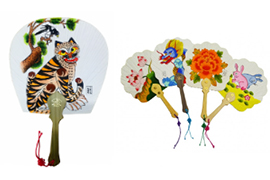
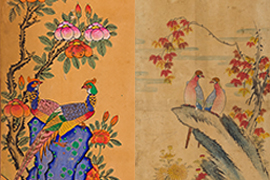
Dado Tea Ceremony
You’ll be stepping back in time for this cultural experience.
Enjoy a traditional Korean tea ceremony, and learn how the Korean ancestors developed dado into an art. Using the correct heat source, boiling the water, and the unique process in brewing the tea – it’s then time to enjoy the fruits of your labour and enjoy Korea’s favourite delicacy.
You’ll also have the opportunity to try on a traditional Korean Hanbok costume.
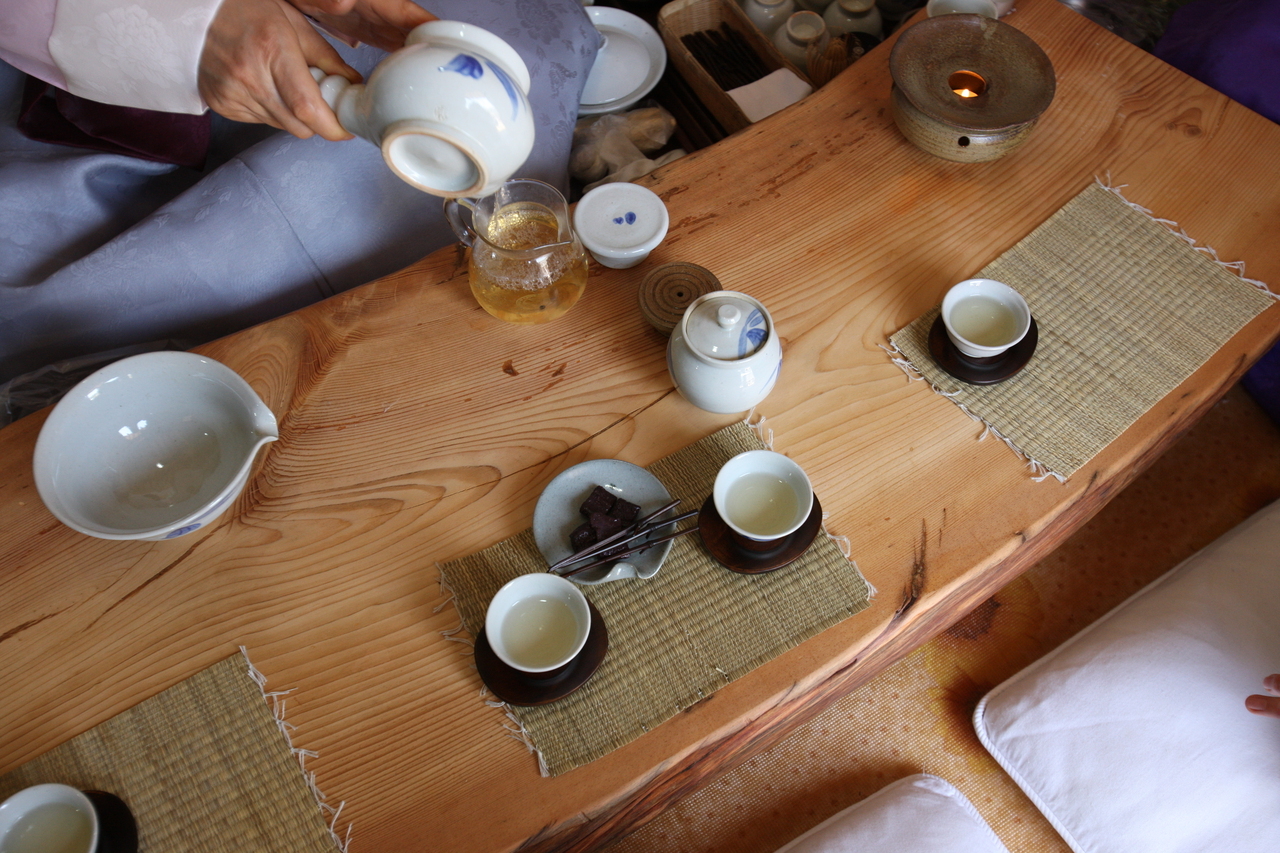
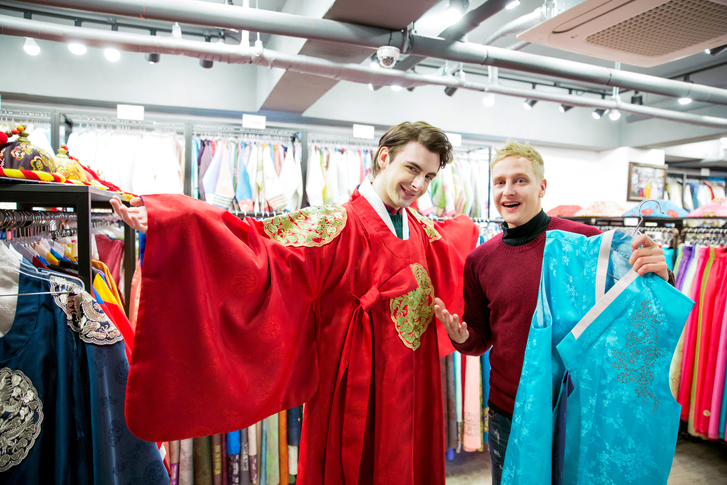
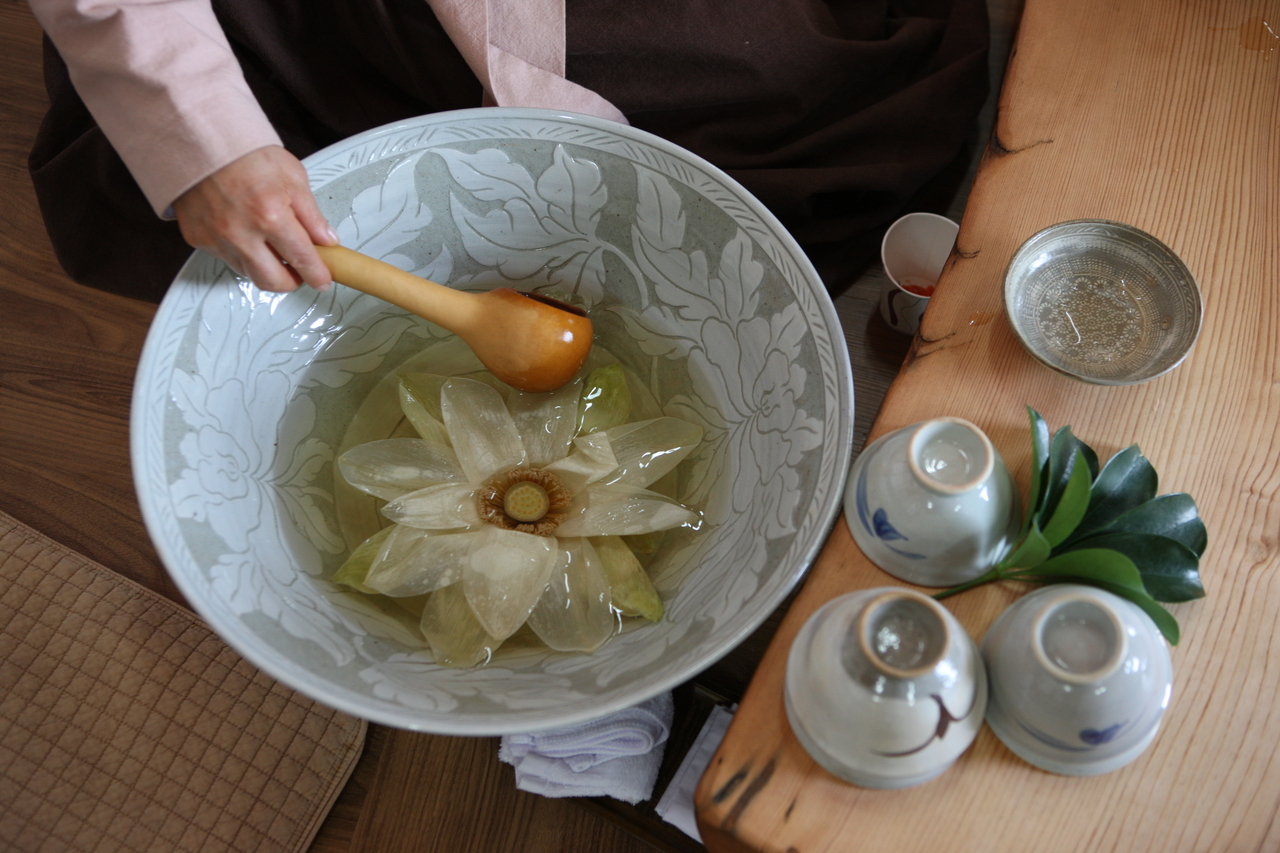
Korean Cooking Culinary Experience
In this hands-on experience, it’s time to put on your apron and get into the kitchen! You’ll learn all about traditional Korean cuisine from your professional chef instructors, as well as learn how to make two Korean meals such as Bulgogi beef, Kimchi pancake, Bibimbap and more!
Make sure you’re hungry for this experience, because there’s plenty to eat!
